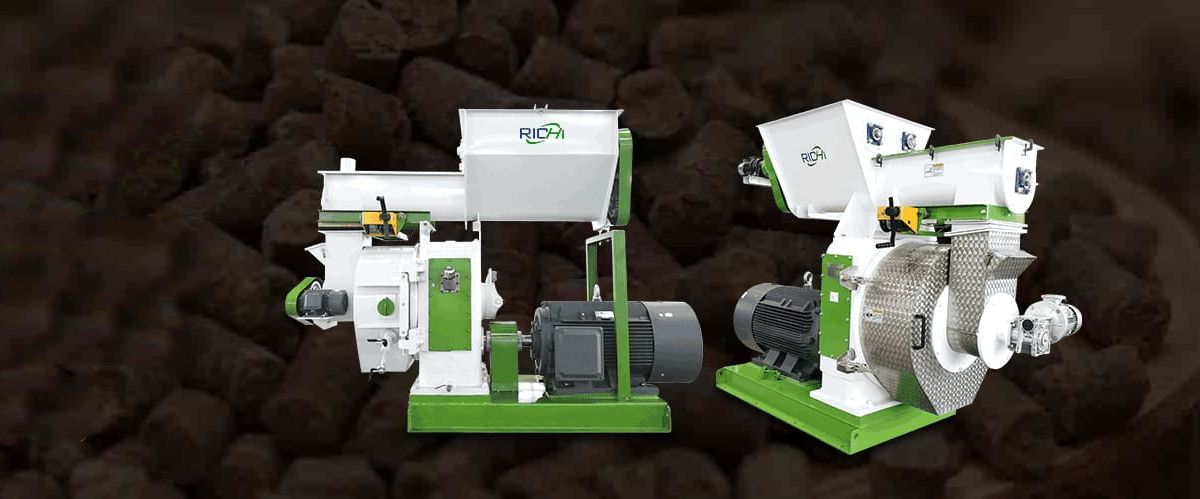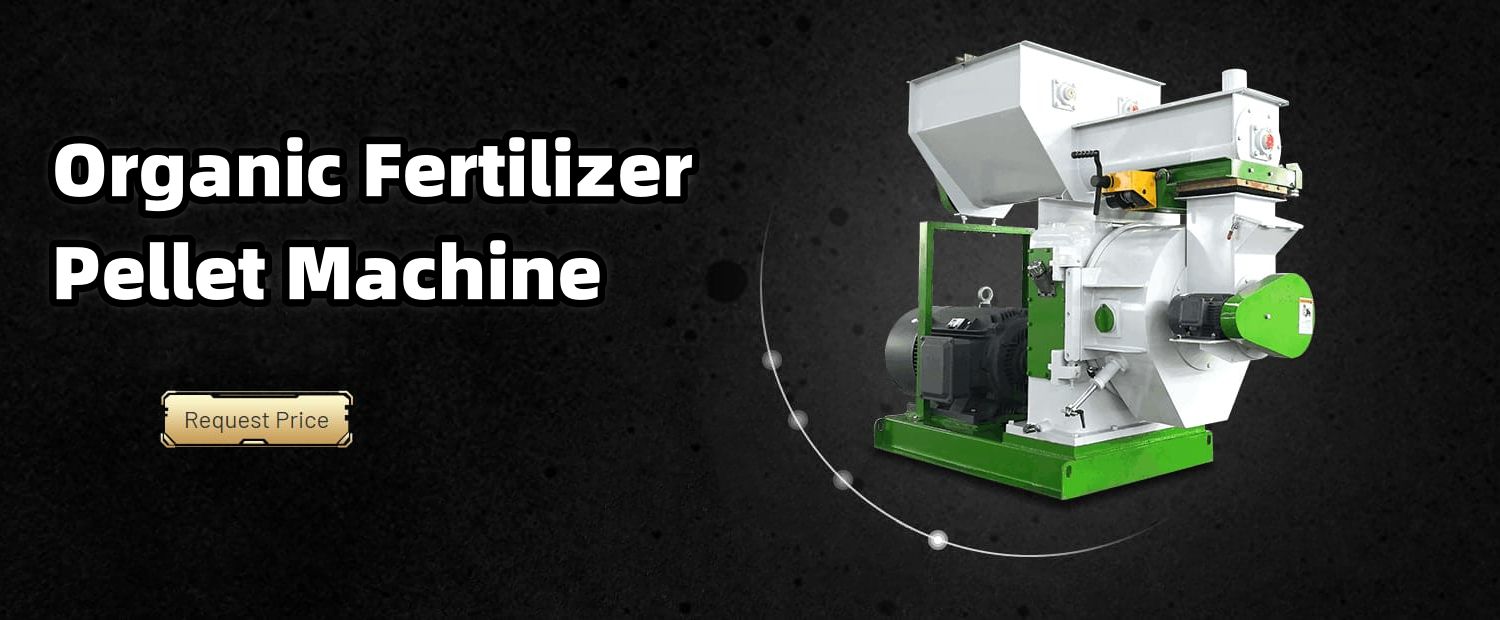The global pet food industry has seen remarkable growth in recent years, fueled by increasing pet ownership, the humanization of pets, and rising disposable incomes. This expansion has led to a corresponding rise in the demand for pet food production lines in various countries. However, the market demand for these production lines varies significantly across regions, influenced by factors such as pet ownership rates, economic conditions, and cultural attitudes toward pets. This article examines the market demand for pet food production lines in different countries and the factors that contribute to these variations.
Key Factors Influencing Market Demand
- Pet Ownership Rates
Countries with higher rates of pet ownership typically exhibit stronger demand for pet food production lines. - Economic Development
Developed economies often have more sophisticated pet food markets, resulting in a higher demand for advanced production lines. - Urbanization
Urban areas generally have higher pet ownership rates and diverse preferences for pet food, influencing production line requirements. - Cultural Attitudes
Cultural perceptions of pets significantly affect the types and quality of pet food demanded, impacting production line specifications. - Regulatory Environment
Strict food safety regulations can drive the demand for more advanced and compliant production lines.

Regional Analysis
- United States
Market Demand: Very High
Key Factors:- High pet ownership rates (67% of households own pets)
- An advanced pet food market with diverse product offerings
- Strong focus on premium and specialized pet foods
- China
Market Demand: Rapidly Growing
Key Factors:- Fastest-growing pet food market globally
- Increasing urbanization and a rising middle class
- Shift toward commercial pet foods
- Brazil
Market Demand: High and Growing
Key Factors:- Second-largest pet population globallyEmerging middle class with increasing disposable incomeGrowing trend of pet humanization
- Germany
Market Demand: Steady and Sophisticated
Key Factors:- High pet ownership rates
- Strong focus on natural and organic pet foods
- Stringent quality and safety regulations
- India
Market Demand: Emerging
Key Factors:- Rapidly growing pet ownership, especially in urban areas
- Increasing awareness of commercial pet foods
- Shift from traditional to packaged pet foods
- Japan
Market Demand: High and Specialized
Key Factors:- High pet ownership rates, especially among the aging population
- Strong demand for premium and functional pet foods
- Advanced technology adoption
- Russia
Market Demand: Growing
Key Factors:- Increasing pet ownership rates
- Growing middle class in urban areas
- Shift from table scraps to commercial pet foods
- United Kingdom
Market Demand: Stable and Diverse
Key Factors:- High pet ownership rates
- Strong focus on pet health and wellness
- Increasing demand for natural and organic pet foods
- Australia
Market Demand: Steady and Premium-Focused
Key Factors:- High pet ownership rates
- Strong focus on pet health and nutrition
- Demand for locally produced pet foods
- South Korea
Market Demand: Rapidly Growing
Key Factors:- Increasing pet ownership, especially among younger generations
- Growing trend of pet humanization
- Demand for premium and functional pet foods
Conclusion
The market demand for pet food production lines varies significantly across different countries, influenced by factors such as pet ownership rates, economic development, cultural attitudes, and regulatory environments. Developed markets like the United States, Germany, and Japan demand sophisticated, high-tech production lines capable of producing premium and specialized pet foods, while emerging markets like China, India, and Brazil are witnessing rapid growth in demand for a wide range of production capabilities, from basic to advanced.
As the global pet food market continues to evolve, we can expect sustained growth in demand for pet food production lines, particularly in emerging markets. However, this demand will likely be accompanied by increasing requirements for flexibility, efficiency, and compliance with stringent quality and safety standards.
For manufacturers of pet food production lines, understanding these regional variations and trends is crucial for tailoring their offerings to meet the specific needs of different markets. As the pet food industry continues to grow and diversify globally, the ability to provide customized, technologically advanced, and cost-effective production solutions will be key to success in this dynamic market.
For details please contact: feed pellet machine
WhatsApp:86 138 3838 9622
Email:enquiry@richipelletmachine.com










